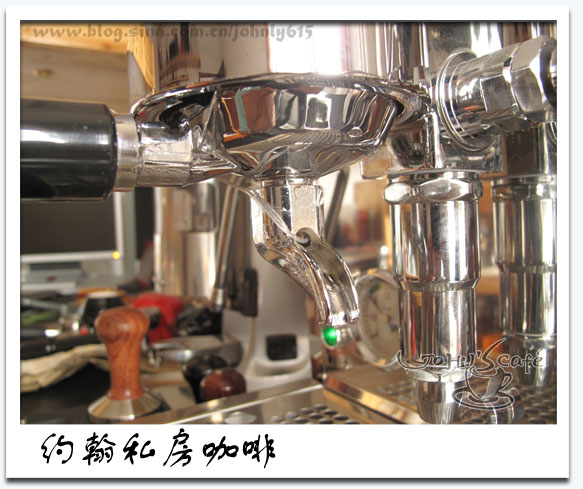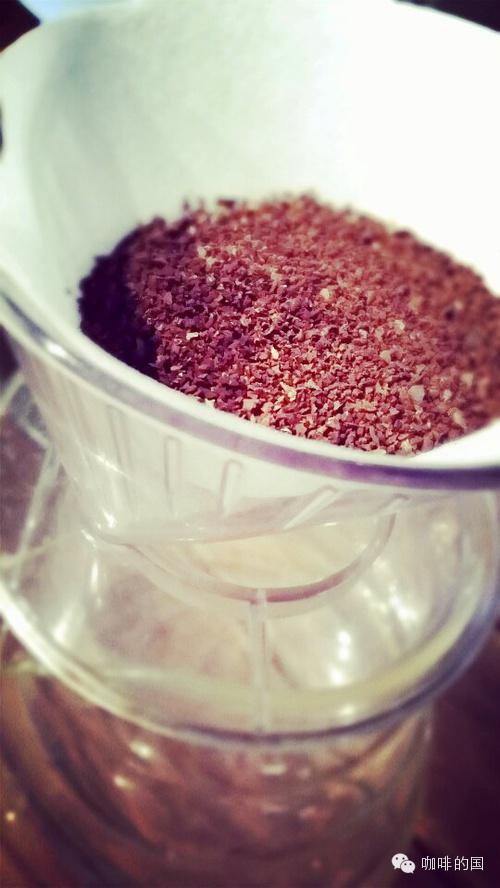Coffee knowledge introduction: the relationship between the extraction amount and concentration of coffee taste
Found that many friends have such a basic concept, the finer the coffee is ground, the stronger the taste will be, while the thicker the coffee will be, the lighter it will be. According to this principle, people asked, "can you grind it very fine to improve the depth of the taste and save coffee powder at the same time?" according to some of my knowledge of the history of modern coffee, this does not seem to be the first time coffee makers have put forward such a hypothesis, and some people have indeed made such an attempt.
There was a time in history when coffee shop operators grind coffee finer and extract it for longer in order to save the amount of coffee beans and not to reduce the taste of coffee. For coffee drinkers, the coffee they drink is still very strong (bitter), but compared to the strong coffee they have drunk, they always feel that something is missing, and the coffee always tastes less than it used to be. Customers who find coffee less attractive leave the cafe, and the coffee shop owners grind the coffee finer in order to further reduce costs to reduce the amount of coffee used, thus forming such a vicious circle.
Why is this a vicious circle, because it is a lose, lose, lose way. First of all, guests can not drink good coffee, the fewer guests originally; second, operators can not sell more coffee; third, roasters are roasting less and less, unable to achieve economies of scale.
So how much coffee can it take to achieve a better taste, a degree acceptable to the public? According to a survey by SCAE (European Fine Coffee Association), under general conditions, the most appropriate amount of coffee bean extraction is 18-22%, which contains most of the aroma components of coffee. Excessive extraction (more than 22%) will extract more bitter substances, while insufficient extraction (less than 18%) will waste a lot of aroma substances. So 18-22% is a suitable extraction degree.
And the high-quality aroma substances in these 18-22% coffee are dissolved in the brewing coffee water is this cup of coffee concentration, the same amount of coffee dissolved matter water, the lower the coffee concentration, and the less the water, the higher the coffee concentration (Note: the same amount of water can be determined by adjusting the fineness of the powder and water temperature to get the amount of extraction), according to the data. A coffee concentration of 1.2-1.5% is the most appropriate concentration, or one that is suitable for most consumers.
Therefore, there is a certain relationship between coffee extraction and coffee concentration, but it is not necessarily related. You can extract very little and use more coffee, but also make a cup of coffee with a concentration of 1.2-1.5%, but this cup of coffee is also missing something, because a lot of aroma substances are still in the coffee rather than in your coffee cup. And you can make the same concentration of coffee with a small amount of coffee beans, but you need finer powder, or higher temperature, to extract more substances. But this cup of coffee will look sour, even astringent, because your amount of extraction must be more than 22%, so you can extract except the inelegant parts of the coffee.
Therefore, a good cup of coffee requires proper extraction, the right concentration, and an inappropriate link may ruin a good cup of coffee. This requires the producer to adjust the variables in the production through his own understanding of coffee: the fineness of coffee powder, the amount of coffee powder, the temperature of brewing water, the speed of brewing water and so on.
(note: all the above data are from SCAE Gold Cup Program)
Important Notice :
前街咖啡 FrontStreet Coffee has moved to new addredd:
FrontStreet Coffee Address: 315,Donghua East Road,GuangZhou
Tel:020 38364473
- Prev

Operation of espresso: test the temperature stability of Rocket Giotto brewing water
There are many variables in the process of making Espresso, including grinding degree of powder, strength of pressing powder, water pressure, extraction time, water temperature and so on. The right water temperature is very important for extraction, and the stability of water temperature is also a crucial standard to measure a coffee machine. It has been a week since I got the giotto, but I haven't had much time to do it. I only started it three times when I was full of money.
- Next

Coffee brewing method: the importance of hand-made coffee grinding
I believe many people know that coffee is made of coffee powder, not soaked coffee beans, then the process from coffee beans to coffee powder is grinding. After grinding, the coffee becomes powdered. When Xiaobian first touched the hand-brewed coffee, he noticed that the granule of the ground coffee was large and small, so whether the size of these powdered particles had a great effect on a cup of coffee.
Related
- What is the meaning of lactic acid fermentation with coffee bean treatment?
- How to judge the state of foam by sound?
- How does the latte pull out the unicorn pattern? Come to get for a little trick to improve the flower pull!
- Will flower pulling affect the taste of the latte?
- Do you know the history of coffee?
- The difference between honey treatment and sun washing what is raisin honey treatment?
- What kind of milk can a novice use to make coffee foam to keep the foam longer? The correct method and skills of milking tutorial sharing
- Why do washed coffee beans taste sour? Flavor characteristics of washed Coffee
- Introduction to the skill of how to practice the size and height of water injection around the circle of hand-brewed coffee
- How do beginners practice coffee flower drawing from scratch?

